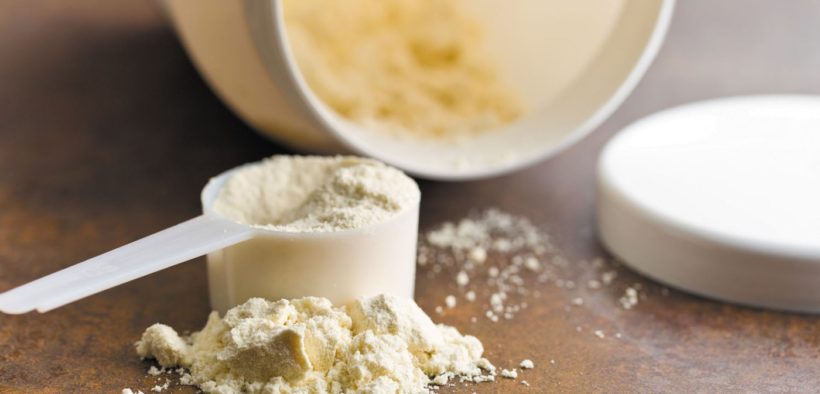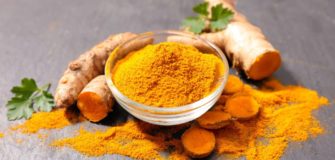Nutritious Protein

A run-through on why proteins are important for the body, and how they help in the fight against cancer
by Dr. ULHAS GANU
In the last couple of articles, we saw how amino acids are physiologically important, i.e., participate in protein production. We also referred to the protein content of various pulses. Daily intake of a definitive amount of protein is essential to replace the losses due to wear and tear of body proteins, whether structural or enzymatic. That is why the current advice stands at 1g/kg of bodyweight of Recommended Dietary Allowance (RDA) for protein. This is achieved through pulses and cereals from our diet. However, classical biochemistry tells us that for better utilization, merely consuming the recommended protein amount in grams is not enough and apart from quantity, quality matters as much. Proteins are classified into essential and non-essential amino acids. Although all of them are essential, while the body can interconvert some (hence, non-essential), there are others which cannot be interconverted (easily), and must be provided from the diet, hence ‘essential’. This concept can be understood easily by the example of knitting a sweater integrated with 3 different colors, namely, white, blue and yellow in the ratio of 5:3:2 and purchasing 50 bundles of wool for each color. For 50 bundles of white, we can utilize only 30 bundles of blue and 20 bundles of the yellow. Thus, 20 blue and 30 yellow bundles get wasted. If yellow and blue are critical colors (costly), then the loss is very high. Applying the analogy to proteins, we can conclude that if critical amino acids are not provided in adequate amounts in the diet, the unused ones are lost as proteins are not stored in the body.

Non-vegetarians are secured with adequate essential amino acid supply. For vegetarians, milk and curd make up for animal protein. For the lactose intolerant, the curd is a good source of animal protein. Vegans, who shun milk, will have an inadequate supply of essential amino acids. They can circumvent this problem to some extent by preparing food items containing mixed pulses. In conclusion, we can say that animal proteins are important and vegetarians can still have adequate quality protein if they consume milk. There are other limiting factors, such as the improper digestion of pulses. Pulses contain substances called trypsin-inhibitors. Trypsin is an enzyme present in the pancreatic juice (secreted by alpha cells of the pancreas). Trypsin helps digest proteins found in one’s diet, hydrolyzing them into component amino acids which are reconverted into (human) proteins required by the individual. Trypsin-inhibitors destroy (some) trypsin from pancreatic juice (in the intestine), depending upon the amount of the inhibitor present in the pulses.
The harder the type of pulses, the more difficult they are to digest. Cooking is the best way to destroy these (unwanted) ‘trypsin inhibitors’ from pulses so that these are digested well. Hence, pulses are ideal in cooked form, the length of cooking depending on the perception of the degree of digestibility. Rajma (red kidney bean) contains a high amount of trypsin-inhibitors and needs to cook longer than moong (green gram), which has possibly the lowest content of the trypsin-inhibitors amongst pulses. To be able to utilize protein optimally, carbohydrates need to be a part of the serving. By carbohydrates, we mean complex sugars such as starch or simple fruit sugar. Sugar provides easy energy, sparing protein for being utilized for structural purposes. In the absence of carbohydrates, there is a risk of protein (amino acids) getting degraded into sugar by a process called gluconeogenesis. That’s like using a resource for a use for which it was not allocated. Our diet also contains fat, apart from sugar, which spares protein exclusively for structural use. This brings us to the custom of eating fruits after meals, providing an additional rich source of antioxidants, apart from vegetables and pulses. The naturally available antioxidants participate positively in our fight against free radicals, helping us fight a host of chronic diseases, including cancer. In addition, the sprouting of pulses results in the production of relatively large amounts of vitamin C, which functions as an antioxidant, apart from vitamins from the B-complex family which work as coenzymes in the body. We will discuss this further in the next column.
Also read about
Phytochemicals And Phytonutrients
Eat Healthy, Live Healthy
















